While re configuring your joist layout prior to framing is a great way to allow for your reflected ceiling plan, this may not always be possible or sometimes items are missed or changed.
Therefore setting pot lights usually requires some modifications from the plan. Setting the pot lights is very important and should be done with a laser to ensure they are all lined up correctly. It may not show as easily if they are off, however once the house is dry walled it is often easy to see if they are off by as little as an eighth of and inch. If there is conflicts with the framing, one way to accommodate this is to drop an entire ceiling this will allow for any configuration that is desired, although the downside to this is losing ceiling height.Switching configuration should also be reviewed at this point to make sure it is logical and functional. Vaulted ceilings should always have gimballed ( or directional ) pot lights installed so the light beam can point straight down.
If the electrician is unable to install the pots in the desired location he can place them as close as possible and during a walk through the locations can either be accepted or modified as appropriate. It is important to always try to line up as many items on your ceiling as possible so it will look aesthetically pleasing.It is also important to set pot lights before starting to run other services such as HVAC in order to maintain the reflected ceiling plan as close to the design as possible. Soffit lights often require a very shallow pot light to be installed as there is often minimal depth. LED soffit lights are a must as changing these can be very challenging. Inside the majority of people are now going with LED however other types of bulbs and housings are still being used.


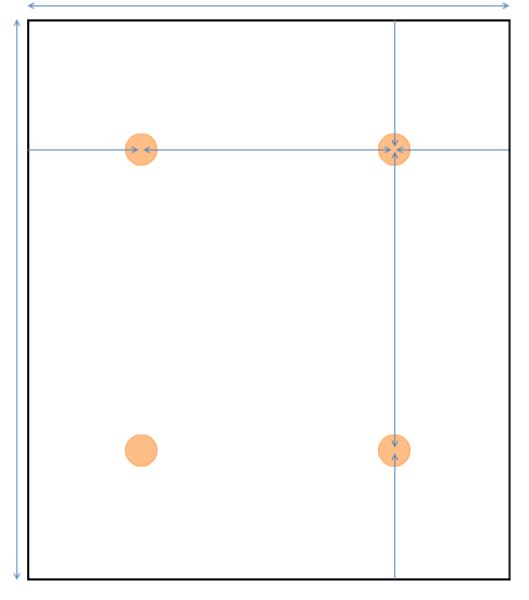
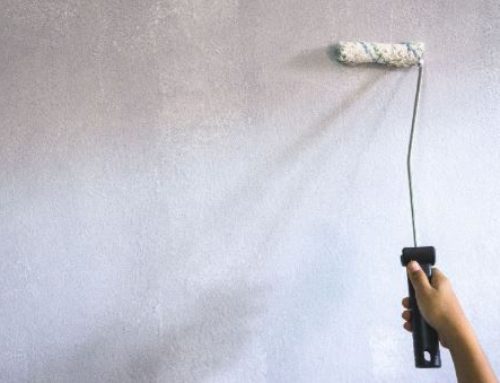
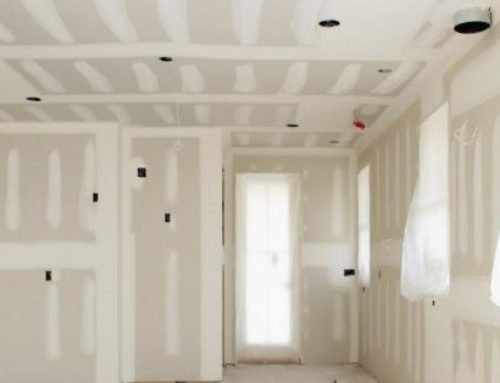
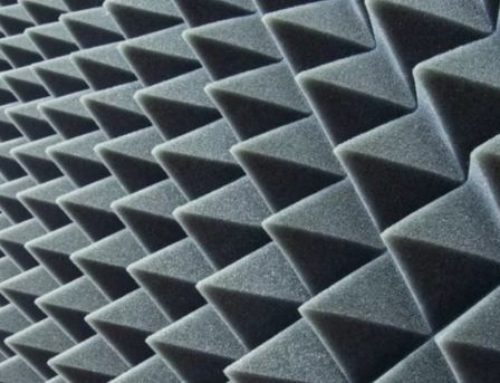
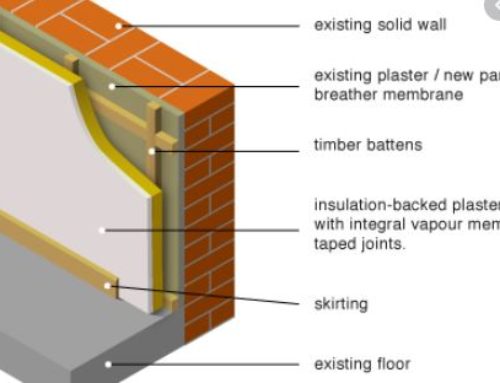
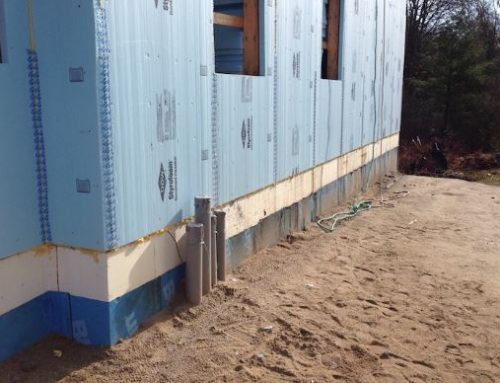
Leave A Comment